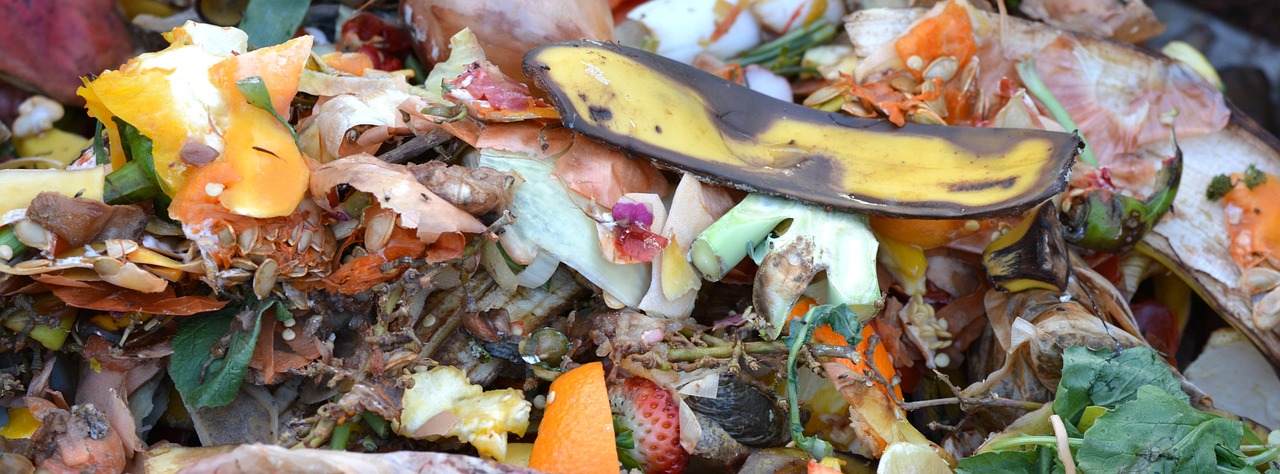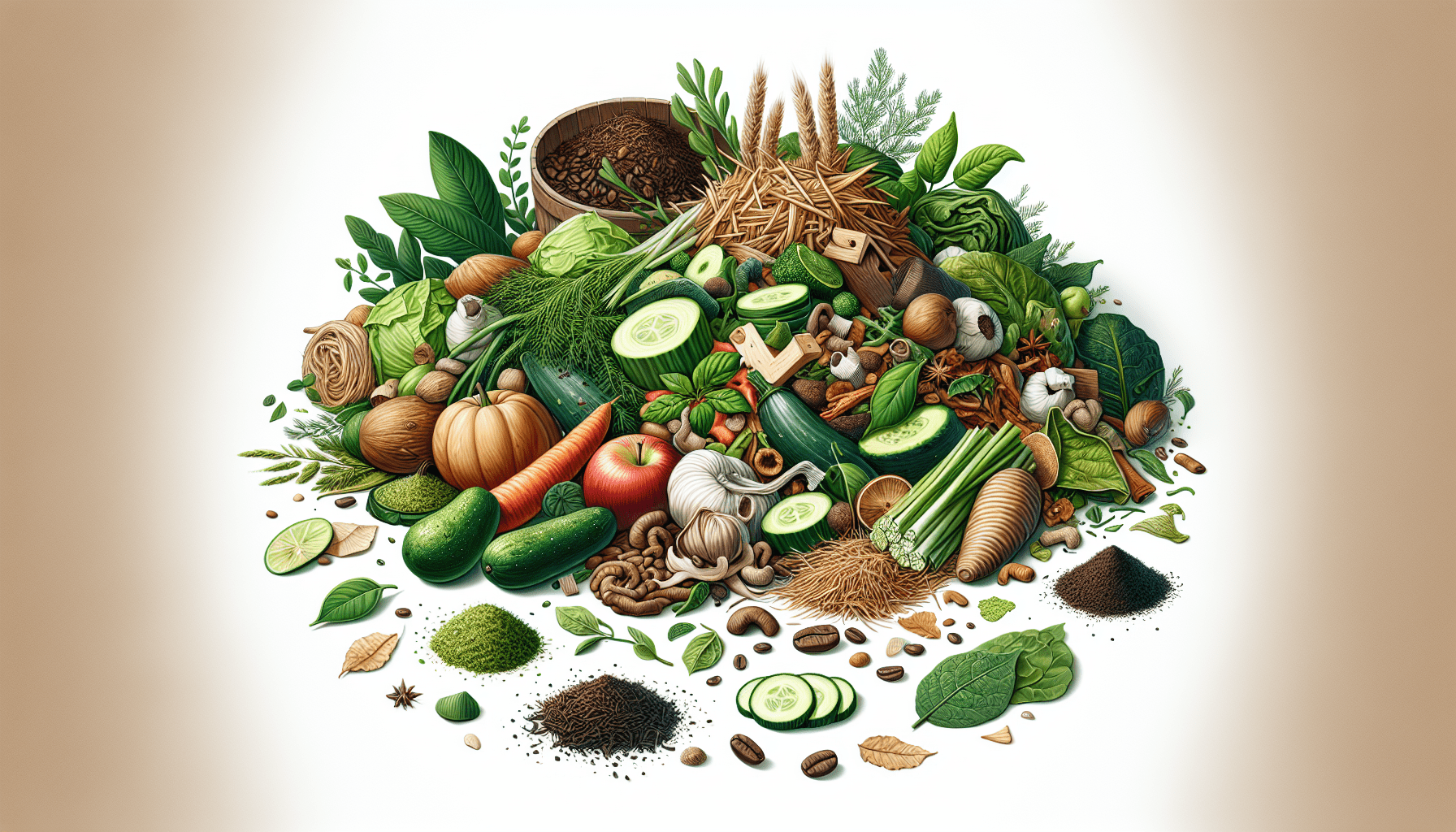When it comes to maintaining a thriving compost heap, understanding the carbon-to-nitrogen ratio is crucial. In our article, “What Is The Carbon-to-nitrogen Ratio In Composting?”, we explore the importance of balancing these two elements to ensure effective composting. We’ll delve into how the ideal ratio of 30:1 can enhance microbial activity, break down organic matter efficiently, and produce rich, fertile compost. Let’s discover how we can achieve this balance using common kitchen scraps and yard waste, making our composting efforts both successful and sustainable. Have you ever wondered what the carbon-to-nitrogen ratio in composting is and why it’s so important for producing high-quality compost? We’re here to break down this essential component of composting and give you a deeper understanding of how it all works. By the end of this article, we’ll walk together through every aspect of the carbon-to-nitrogen ratio and how it impacts our composting efforts.
Understanding Composting
Before diving into the carbon-to-nitrogen ratio, let’s quickly understand what composting is. Composting is the natural process of recycling organic matter, such as leaves and food scraps, into a valuable fertilizer that can enrich our soil. Compost is rich in nutrients and helps improve plant growth.
Why Composting Matters
We all want to live in a more sustainable world, right? Composting helps us reduce waste, recycle nutrients back into the soil, and decrease the reliance on chemical fertilizers. It’s an eco-friendly way to manage our organic waste.
How Composting Works
When we compost, microorganisms break down organic matter through a series of biological processes. These microorganisms need specific conditions to thrive, which is where the carbon-to-nitrogen ratio comes into play. By understanding this ratio, we can create an environment where microorganisms can efficiently decompose organic materials.
What is the Carbon-to-Nitrogen Ratio?
The carbon-to-nitrogen (C:N) ratio is a parameter that indicates the relative amounts of carbon and nitrogen in the compost mixture. Carbon and nitrogen are two key elements that microorganisms need to decompose organic matter effectively.
Importance of the C:N Ratio
The C:N ratio impacts how quickly organic materials break down and how beneficial the compost will be for our soil. A balanced C:N ratio creates an ideal environment for microorganisms to thrive, speeding up the composting process and producing nutrient-rich compost.
Ideal C:N Ratio for Composting
For successful composting, the ideal C:N ratio is generally considered to be around 30:1. This means we need 30 parts carbon for every part nitrogen.

Sources of Carbon and Nitrogen
To maintain the right C:N ratio, it’s crucial to understand which materials provide carbon and which provide nitrogen.
Carbon-rich Materials (Browns)
Carbon-rich materials, often referred to as “browns,” are typically dry and woody. They include:
| Material | Carbon:Nitrogen Ratio |
|---|---|
| Straw | 80:1 |
| Dried leaves | 60:1 |
| Wood chips | 400:1 |
| Sawdust | 500:1 |
These materials are high in carbon and help provide structure to the compost pile.
Nitrogen-rich Materials (Greens)
Nitrogen-rich materials, often called “greens,” are usually moist and fresh. They include:
| Material | Carbon:Nitrogen Ratio |
|---|---|
| Grass clippings | 20:1 |
| Vegetable scraps | 15:1 |
| Coffee grounds | 20:1 |
| Manure | 15:1 |
These materials provide the necessary nitrogen for microorganisms to grow and multiply.
Balancing the C:N Ratio
Starting a Compost Pile
When starting our compost pile, it’s essential to layer brown and green materials to achieve a balanced C:N ratio. Begin with a layer of browns, which helps with aeration and drainage. Follow this with a layer of greens, and keep alternating layers.
Monitoring and Adjusting
Regularly check the moisture and temperature of our compost pile. If the compost is too wet or smelly, we likely have too many greens and need to add more browns. If it’s too dry or decomposing slowly, we need more greens.
Troubleshooting Common Issues
Knowing some common issues can help us adjust the C:N ratio effectively:
- Odor issues: Often caused by too much nitrogen (greens). Add more carbon-rich materials (browns).
- Slow decomposition: Could result from too much carbon. Add more nitrogen-rich materials.
- Matted layers: This may indicate inadequate mixing. Turn the compost pile to introduce air and balance out the materials.

Benefits of Optimal C:N Ratio
Faster Decomposition
An optimal C:N ratio helps microorganisms break down organic matter more quickly. This means we get usable compost faster, turning our kitchen scraps and yard waste into valuable soil amendment efficiently.
Superior Compost Quality
By balancing our compost’s C:N ratio, we ensure the resulting compost is rich in nutrients. This nutrient-rich compost helps improve soil structure, enhances water retention, and provides essential nutrients to our plants.
Environmental Impact
Managing the right ratio not only improves compost quality but also benefits the environment. Efficient composting reduces methane emissions from organic waste in landfills and lowers our carbon footprint.
Practical Tips for Home Composting
Collecting Kitchen Scraps
Keep a small compost bin in the kitchen for collecting vegetable peels, coffee grounds, and eggshells. To avoid odor and pests, empty it regularly into the main compost pile.
Yard Waste Management
Instead of bagging leaves and grass clippings for disposal, use them in our compost pile. Shredding leaves and breaking down large twigs can help speed up decomposition.
Regular Turning
Aerating our compost pile by turning it regularly helps maintain an ideal decomposition environment. This introduces oxygen, which is crucial for aerobic decomposition processes.
Seasonal Adjustments
Adjust compost materials based on seasonal availability. During fall, we have an abundance of carbon-rich leaves, while spring and summer provide more nitrogen-rich grass clippings.

Common Misconceptions
Myth: Composting is Smelly
Composting done right doesn’t have to be smelly. Odors often result from improper balance in the compost pile, particularly too much nitrogen or inadequate aeration. Maintaining the proper C:N ratio and turning the pile regularly will keep it odor-free.
Myth: Only Experts Can Compost
Anyone can compost! It doesn’t require specialized skills. By understanding the basics, particularly the importance of the C:N ratio, we can successfully convert organic waste into valuable compost.
Myth: Compost Piles Attract Pests
Properly managed compost piles do not attract pests. Avoid adding meat, dairy, or oily foods, and always cover new additions with a layer of browns to minimize pest attraction.
Real-Life Examples
Example 1: Backyard Composting
In our backyard composting project, we want to balance kitchen scraps (greens) with fallen leaves (browns). For every bucket of vegetable scraps we add, we should follow up with about three buckets of dried leaves. By maintaining this ratio, our compost pile will decompose efficiently without odors.
Example 2: Community Composting
For a community composting initiative, managing varying input can be challenging. Set up clear guidelines for participants, encouraging them to bring a mix of browns and greens. Regularly monitoring and turning the large compost pile will keep it balanced and productive.

Advanced Composting Techniques
Vermicomposting
Vermicomposting uses worms to break down organic matter. Maintaining the proper C:N ratio is crucial here too, but with a focus on softer, easily digestible materials like food scraps and shredded paper.
Hot Composting
Hot composting involves maintaining a higher temperature (130°F to 160°F) to speed up decomposition. Achieving this requires a well-balanced C:N ratio and regular turning to keep the compost hot and active.
Compost Tea
Compost tea is a liquid extract made by steeping compost in water. It’s full of beneficial microorganisms and can be used as a natural fertilizer. For potent compost tea, start with high-quality compost made from a properly balanced C:N ratio.
Conclusion
Understanding the carbon-to-nitrogen ratio in composting is paramount for successful and efficient composting. By maintaining a balanced ratio, we can manage decomposition effectively, produce high-quality compost, and contribute positively to our environment. As we continue to compost, remember to mix our greens and browns, monitor the pile’s condition, and make adjustments as necessary. Together, let’s turn our organic waste into a resourceful, nutrient-rich soil amendment that benefits our gardens and planet.



